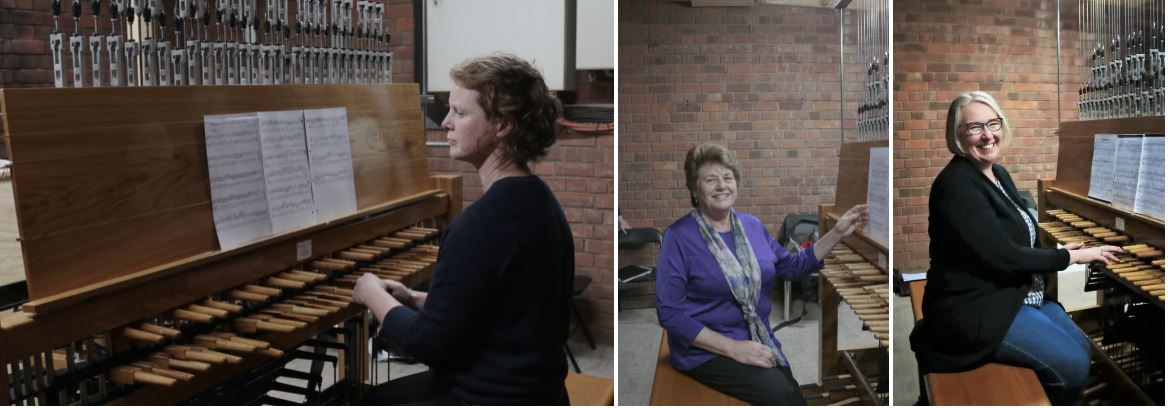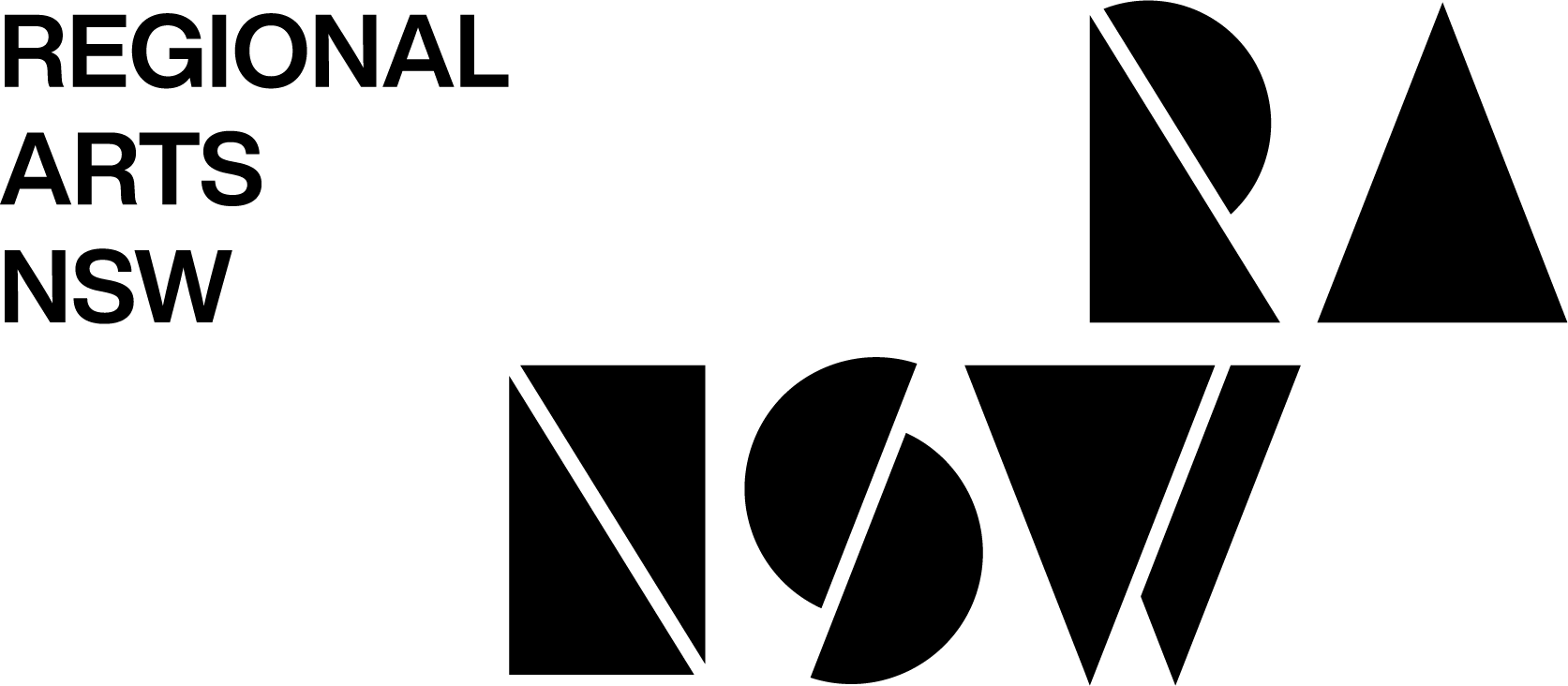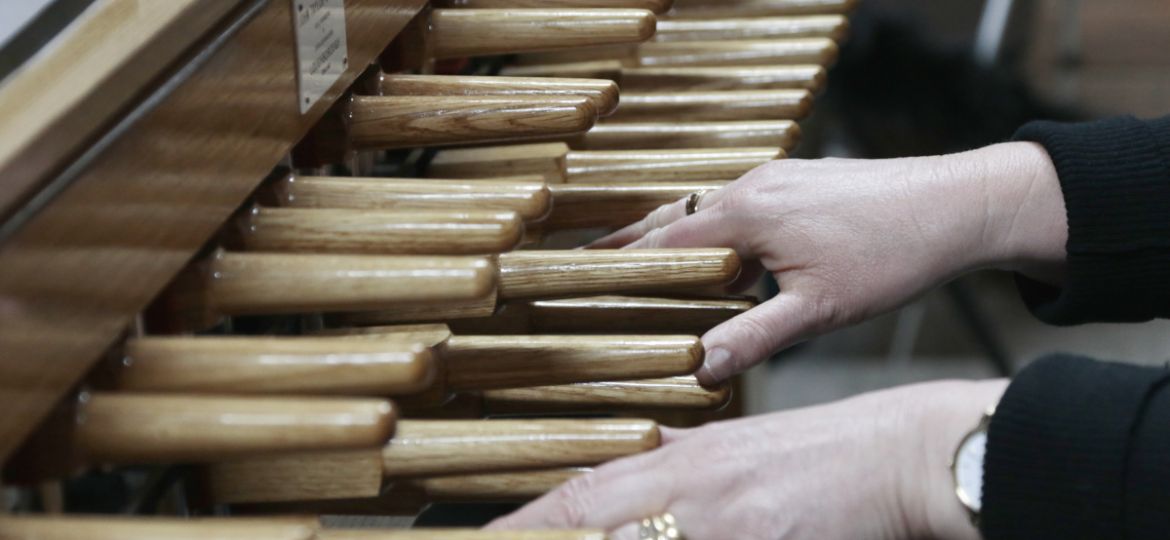Bathurst’s Carillion is more than a war memorial – it’s a rare but fully functioning instrument. Bathurst’s carillonists will present a series of three special concerts in October, thanks to a Country Arts Support Program grant.
The Spring Recital Series runs on Sundays October 16, 23, and 30 at 2pm, performed by carillonists Wendy Murphy, Jennifer Roberts and Denise Garland, presented by the Friends of Bathurst War Memorial Carillion.
The concerts all all free – to listen simply come and sit in the park in Kings Parade (opposite the Bathurst Court House).
Arts OutWest caught up with carillonist Wendy Murphy and the other carillonists to learn more about this instrument and their planned program.
Also read down to the bottom for pictures of the Carillonists in action captured by Arts OutWest media associate Alan Sadlier.
AOW: People might not be familiar with the Carillion as an instrument. How is it played?
Wendy: The Carillon is the largest world instrument and consists of bells hung in a bell tower/chamber, and played by a clavier. To be a true Carillon, it needs the clavier so the musician can create musical expression as they play – in terms of dynamics and expressive techniques. The clavier is structured as a keyboard instrument, with wooden batons that are played by hand/fist (manual), and some of the lower bells are played by feet on the pedal board.
AOW: What special training have the three of you done?
Wendy: All the Bathurst Carillonists are accomplished pianists with University/Conservatorium degrees, trained musicians and have been working – teaching and playing Music for many years before coming to the Carillon. Denise is an organist as well. She has an advantage in already knowing how to use her feet on a pedal board.
The Bathurst Carillon Program really began in 2019 when Wendy and Denise answered an advertisement placed by the Friends of Bathurst War Memorial Carillon. This was prior to the clavier being installed. We had two trial lessons in the National Carillon in Canberra with our teacher and mentor Lyn Fuller OAM. Lyn is the Lead Carillonist of the National Carillon and President of the Carillon Society of Australia.
There is a practice clavier installed in Machattie Cottage, under the auspices of Mitchell Conservatorium, where our first regular lessons were held in 2020, until the pandemic put a halt to this. Sporadic lessons continued over 2020 and 2021 and Jennifer Roberts joined the training program during this time.
The three of us now practice regularly on the instrument in the tower, and have progressed through technique and skill development, and a range of repertoire, to now being able to present to the Bathurst community a wide range of repertoire.
AOW: How rare is it for a town or city to have an active, in use Carillion?
Wendy: There are only three Carillons in Australia: the War Memorial Carillon in Sydney University is the oldest carillon, commemorated in 1928; Bathurst’s Carillon tower was completed in 1933 and of course the National Carillon in Canberra which was opened by Queen Elizabeth II on 26 April 1970. Our next closest Carillon neighbour is in New Zealand, located in Pukeahu (Mount Cook) and opened in 1932.
AOW: What program of music will you perform across the weekends in October?
Wendy: The three Carillonists play very different styles. Over the three Sunday recitals, the Bathurst Community will hear arrangements of known pieces such as Ode to Joy, Palladio and Londonderry Air.
There will also be carillon specific repertoire that will embrace the lyrical as well as the majestic voice of the instrument.
We also try to showcase Australian composers, and female composers in our repertoire choices.
AOW: What do you love about playing the Carillion?
Wendy: For me the joy of playing the carillon is because it provides satisfaction for a musician, in many areas of music making.
I love performing and the instrument is different in its tonal complexion to other instruments and therefore requires skill to make it sound beautiful. It enables me to arrange & compose along with teaching and travel overseas for performance.
Lyn Fuller OAM: To write for it requires an understanding that is not required for other instruments. It is a concert instrument which has a very wide dynamic range. It is very versatile in what you can ask it to do and if written with care can play very well with other instruments.
A carillon is not part of Australia’s culture and therefore not many people are aware of or appreciate it. We spend a lot of time rectifying this but it’s going to take a long time. The carillon tower is a magnificent instrument and never ceases to amaze people. But when it comes to performance funding, is always left wanting.
Jennifer Roberts: What’s not to love? You climb a tower to access it – it is the largest instrument in the world. You can play with such extremes from the smallest of beautiful sounds to bone-shaking bell strikes. It is a challenge like no other instrument and the beauty is that so many other people get to share your musical journey with you – everyone within 4 or 5 blocks in fact!
Denise Garland: I have enjoyed the challenge of learning to play a keyboard instrument which is so unique. The technique is like no other and the tonal colours of the Carillon are so different to other keyboard instruments. There are many different pieces which have been arranged for the Carillon. It is a great honour and pleasure to be involved in community events. Receiving positive feedback from the public about the music being performed is always very rewarding.
Wendy: It is such an honour to be trained on this unique instrument, and contribute to the carillon culture in Australia and the world. Bathurst is so lucky to have this instrument, and have been blessed by many musicians who played before us.
The Country Arts Support Progam (CASP) is funding from the NSW Government managed locally by the regional arts development organisations. Arts OutWest 2023 round of CASP will open in October 2022.

IMAGES: Alan Sadlier for Arts OutWest

